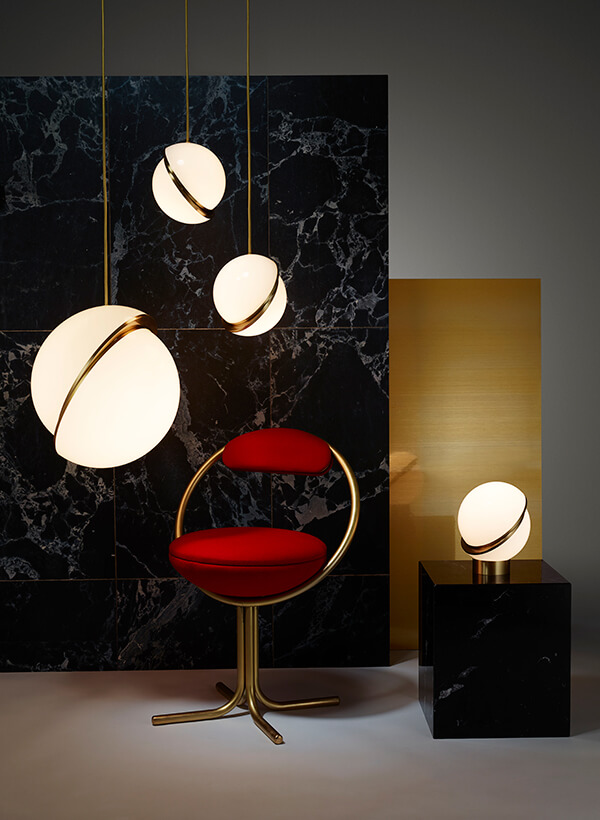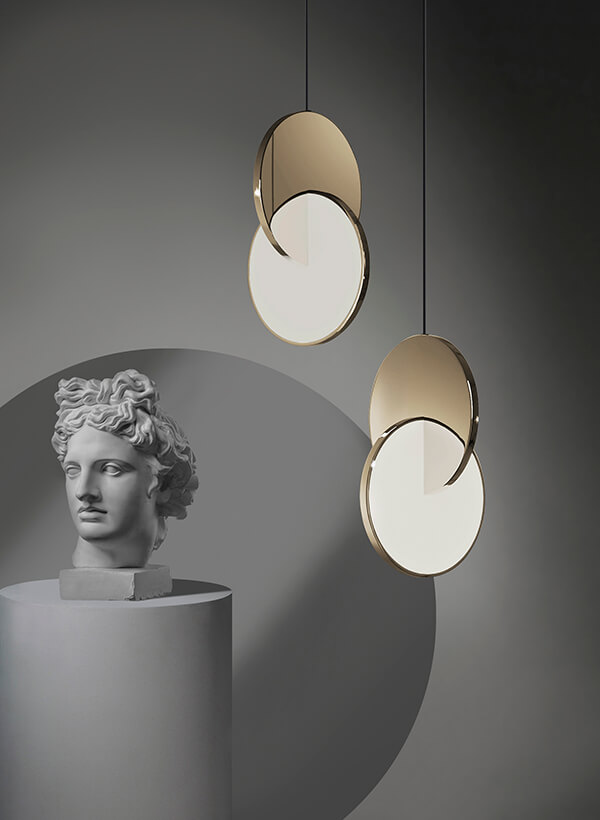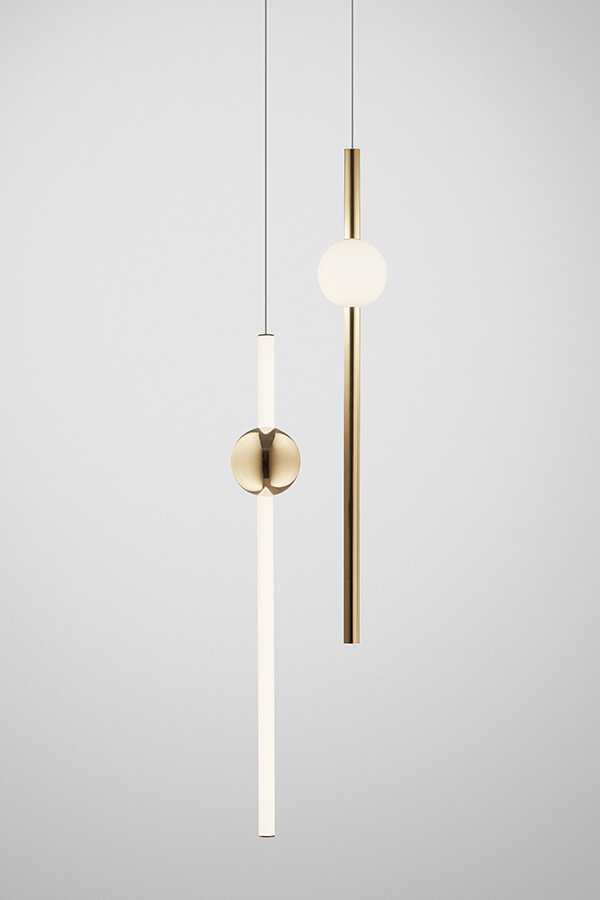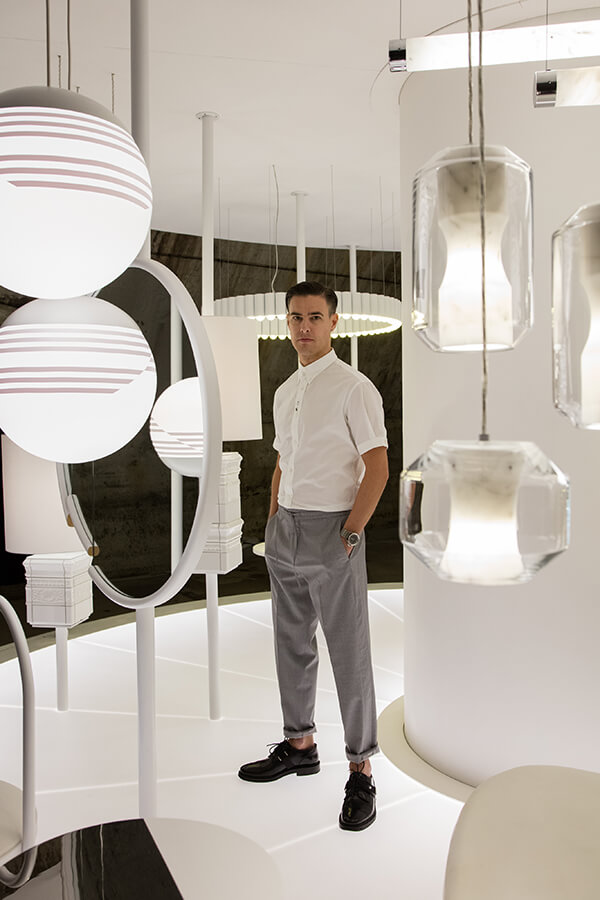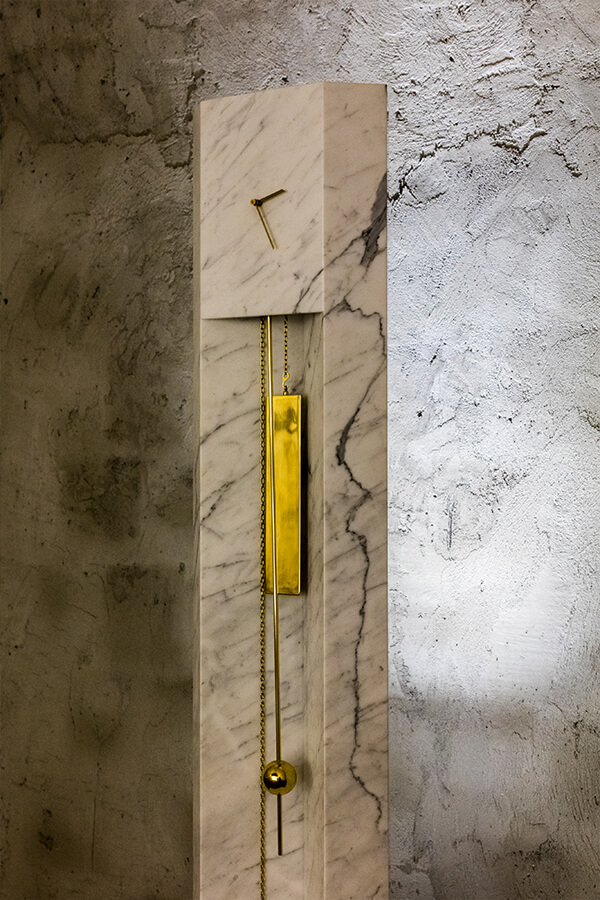
In conversation: Lee Broom
2019 has been a truly international year for British lighting designer Lee Broom. Creating installations for Stockholm Design Week and LDF, installing a landmark exhibition in Sydney and reaching new audiences in Japan – the sky is the limit for this British designer.
With the release of the Crystal Bulb in 2012, Lee Broom quickly became a household name for his classic, opulent and expertly crafted lighting designs.
Now, over a decade since he founded the company, Broom has released over 100 lighting, furniture and accessory designs and has flagship stores in both London and New York.
We were delighted to speak to Lee about everything from his approach to design, how we should be lighting our homes and a look back at one of his favourite installations. Join us as we chat with the man behind the brand.
When did you first know you were a designer?
I loved to draw as a child, and I still do. I don’t recall a day when I haven’t sketched something. Designing and creating always came very naturally to me.
When I was 17, I entered a fashion competition called The Young Designer of The Year which was judged by Vivienne Westwood and I won. This then led to me working for her in London and Paris for around 10 months before going on to study fashion design at Central Saint Martins.
The primary thing they taught me at Saint Martins was to think like a designer - about research, sketching an idea, creating a prototype, making a sample, and putting it into production. I learnt that it’s the process which is important - whether you are creating a jacket or a chair, the process for me is the same. I didn’t know how to make a jacket when I started Saint Martins but when I left, I could make 20 jackets.
It was the same process when I designed my first light. The important thing is innovation in your ideas and your thinking, the tools of the trade can be picked up quickly.
From theatre to fashion, you have been involved in multiple creative industries. What was it that drew you towards lighting design?
Although I love to design furniture, I do tend to be drawn to lighting. I never intentionally set out to work so predominately in lighting design and I tend to design whatever I am inspired by at that moment.
Creating a lighting piece is tricky. You have a strong vision for the aesthetic but there are also so many technical aspects that are required to adhere to in order to make the piece a functional object. To combine these two elements and be able to achieve your initial vision is always challenging. There will be more furniture coming from us in the near future, however.
Where do you find inspiration? Are there any people, places or things which always fill you with ideas?
I pick inspiration up all the time, just by walking around the city, travelling the world, seeing architecture, going to galleries or even visiting factories where I make my products.
I’m still very passionate about fashion too even though I am no longer in that industry, and I like looking at what people are wearing. I’m also inspired by materials and manufacturing techniques and how I can utilize the traditional in new and innovative ways, striking the balance between modernism and nostalgia, re-imagining silhouettes and playing with form and shape.
I was a huge fan of Alexander McQueen. He didn’t just create fashion, he created art – his work was theatrical and immersive which are two elements I always try to embody in my own work. Vivienne Westwood taught me to ‘do your own thing’ - a mantra I have tried to stick to with everything I do as much as I can.
Lighting is absolutely pivotal to the feel of a space. In your opinion, how should we be illuminating our homes?
I agree, lighting is essential in creating the mood of an interior space; it can be a focal point, or it can be a subtle part of the whole scheme and it can change the ambience in a room making it tonally warm or cool. It can help bring a room together or help create separation.
The right lighting is vital whatever outcome you are looking for within the space. I often design my interiors focusing on the lighting first rather than at the end. It shouldn’t be an afterthought.
The way we live, and work is constantly evolving, and when planning a lighting scheme, it should reflect the needs of each person using the space. Lighting is the one object in our home which is not only a practical and essential purchase but one in which you can have fun with to create a statement or reflect your personality.
Lighting can be used to create dramatic installations and can be used to bring spaces alive. You need to think about the practical elements combined with the design aesthetic you would like to achieve.
What’s your favourite item in your home and why?
I have a vintage sofa in my home by DeSede. It is a piece that dates back to the 1970s and it is a modular sofa. You can put it in many different configurations, and it has lots of versatility. However, the most important thing about this piece is its comfort. It’s the perfect sofa to lounge on and watch TV or to sit with a group of friends. It’s very communal and it’s very inviting but ultimately it is also incredibly stylish. This is one of the things I love in particular about mid-century design.
Kaleidoscopia was a mesmerising installation and one of our favourite moments at LDF 2019. What was the inspiration behind the design?
Since launching our Orion lights, they have become one of our most popular collections, and we are beginning to see them being used in some really creative ways in our clients’ projects. I wanted to show how versatile Orion lights can be and I had the idea to create an interactive installation to illustrate the endless possibilities of this modular product which is designed to be hung in multiples or as a single piece.
Kaleidoscopes are created through multiple mirrors working together to create infinite reflections and so I came up with the idea to create a human-sized Kaleidoscope where visitors peer inside to view the products as part of a large optical illusion. We only used 17 Orion lights in the installation, but the kaleidoscopic reflections give the impression of a huge chandelier made with over 200 lights.
Product, installation or interior - which of your designs has been the most exciting to work on?
Probably our Salone del Mobile 2017 show. Thirty of our furniture, lighting and accessories from the past ten years were all reimagined completely in white. We created a modernist interpretation of a fairground carousel to display the pieces on which rotated to represent the evolving lifecycle the brand has journeyed in the past decade set within a 340sq metre derelict railway station vault.
Alongside that, we showcased a limited-edition hand-crafted Carrara marble grandfather clock with solid polished brass pendulum, weight and hands. The clock was a limited-edition piece; just ten in total were produced in celebration of the past ten years, one for each year.
With your head office in Hackney - can you give us an insight to some of your favourite places in London?
A great place to visit at weekends for food and drink, Maltby Street Market in south-east London has an unusual setting, with restaurants and gin bars set within railway arches that are used for joinery workshops. Having spent time in factories and workshops, I find eating and drinking in this atmosphere adds an interesting twist.
The Hayward Gallery is one of my favourite galleries in London, not only for its impressive installations and exhibitions but also for its brutalist architecture and proximity to the river.
What’s next for Lee Broom?
I’m currently designing our collections that will launch in Milan, New York and London next year.
Inspired by what you see? Discover Lee Broom’s design below.
Image credits:
Lee Broom
Beth Davis
Arthur Woodcroft
Luke Hayes



Lee Broom
Crescent Pendant Light
Shop Now

